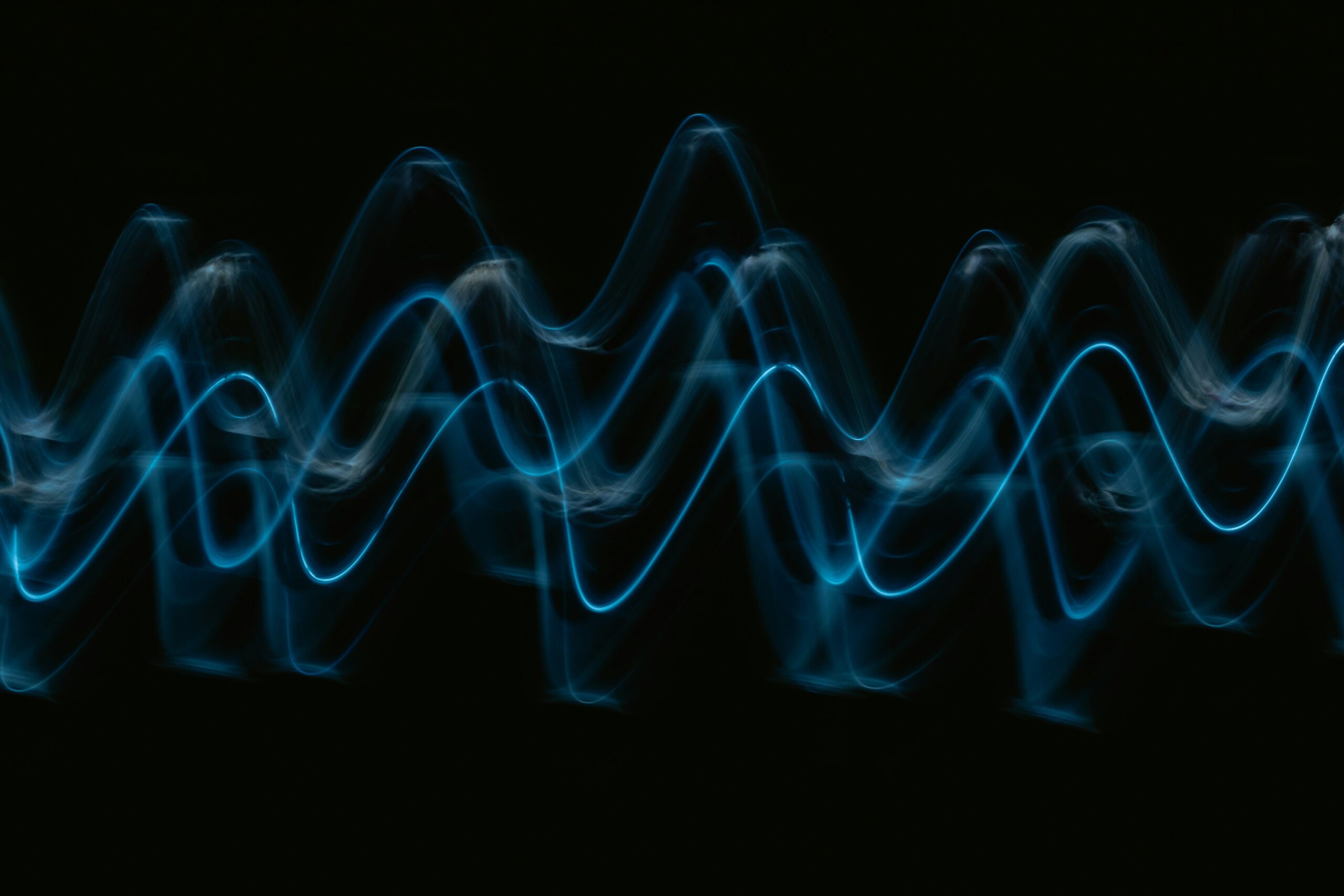Gravity, the fundamental force that governs the motion of celestial bodies and the structure of the universe, has fascinated scientists and philosophers for centuries. From early philosophical speculations to Newton’s law and Einstein’s groundbreaking theory of relativity, our understanding of gravity has evolved dramatically. This article explores the historical milestones, key scientists, and the profound impact of gravitational theory on modern science and technology.
Ancient Understanding of Gravity
Long before formal scientific theories emerged, ancient civilizations observed gravitational effects. The Greeks, led by Aristotle (384–322 BCE), proposed that objects fall toward the Earth’s center because it is their “natural place.” However, his explanations were qualitative rather than mathematical. Indian and Chinese scholars also theorized about forces governing planetary motion but lacked empirical evidence.
Galileo’s Revolutionary Contributions
A major shift in the understanding of gravity occurred in the late 16th and early 17th centuries with Galileo Galilei (1564–1642). Through experiments, such as rolling spheres down inclined planes and allegedly dropping objects of different masses from the Leaning Tower of Pisa, Galileo disproved Aristotle’s assertion that heavier objects fall faster. He introduced the concept of inertia, proving that objects in motion remain in motion unless acted upon by an external force. His work laid the groundwork for Newton’s laws of motion and gravitational theory.
Newton’s Universal Law of Gravitation
The most significant breakthrough came with Sir Isaac Newton (1643–1727), who formulated the Universal Law of Gravitation in his seminal work, Philosophiæ Naturalis Principia Mathematica (1687). Newton postulated that:
F= Gm1m2/r2
where:
- F= is the gravitational force between two masses,
- G= is the gravitational constant,
- m1 and m2 = are the masses involved,
- r = is the distance between their centers.
Newton’s theory explained planetary motion, tides, and the behavior of falling objects, revolutionizing physics and astronomy. His work laid the foundation for classical mechanics, which dominated scientific thought for over two centuries.
Einstein’s General Theory of Relativity
While Newton’s equations worked well for centuries, anomalies in Mercury’s orbit hinted at the need for a more refined theory. In 1915, Albert Einstein (1879–1955) introduced the General Theory of Relativity, redefining gravity as the curvature of spacetime caused by mass and energy rather than a simple force acting at a distance.
Einstein’s famous field equations describe how massive objects distort spacetime, influencing the motion of other objects. The confirmation of his theory came in 1919 when Sir Arthur Eddington observed the bending of starlight around the Sun during a solar eclipse, providing direct evidence for gravitational lensing.

Modern Advancements and Applications
1. Black Holes and Gravitational Waves
Einstein’s equations predicted the existence of black holes, objects with gravitational fields so strong that not even light can escape. These mysterious cosmic entities were later confirmed through X-ray astronomy and radio wave observations. In 2015, the LIGO (Laser Interferometer Gravitational-Wave Observatory) detected gravitational waves—ripples in spacetime caused by merging black holes—validating another key prediction of Einstein’s theory and earning the 2017 Nobel Prize in Physics for Kip Thorne, Rainer Weiss, and Barry Barish.
2. Gravity and Cosmology
Modern cosmology relies heavily on gravitational theory to explain the mysteries of dark matter, dark energy, and the expanding universe. The Lambda Cold Dark Matter (ΛCDM) model describes cosmic evolution based on gravitational interactions. Observations from space telescopes like Hubble and James Webb continue to refine our understanding of gravity’s role in shaping the universe.
3. Technological Implementations
The study of gravity has led to numerous technological advancements that impact daily life and space exploration:
- GPS Technology: Relativity corrections are essential for accurate positioning, as GPS satellites operate under different gravitational conditions than those on Earth.
- Space Travel: Gravity assists, or “slingshot maneuvers,” help propel spacecraft across vast distances by using the gravitational pull of planets.
- Satellite Communication: Geostationary satellites remain in fixed positions relative to Earth due to precise gravitational calculations.
- Medical and Industrial Applications: Research in microgravity environments has contributed to advancements in medicine, manufacturing, and materials science.
The Future of Gravitational Research
Despite significant progress, many questions about gravity remain unanswered. Scientists are currently working on quantum gravity, an attempt to unify Einstein’s general relativity with quantum mechanics. Theories such as string theory and loop quantum gravity seek to bridge this gap, offering potential insights into the fundamental nature of spacetime.
Additionally, missions such as NASA’s Laser Interferometer Space Antenna (LISA) aim to detect low-frequency gravitational waves, providing deeper insights into cosmic phenomena such as binary star systems, neutron star mergers, and early-universe events.
Conclusion
From Aristotle’s early musings to Einstein’s precise equations and modern-day discoveries of black holes and gravitational waves, our understanding of gravity has evolved immensely. Newton’s classical mechanics provided a solid foundation, while Einstein’s relativity expanded our knowledge of space and time. Today, gravity remains one of the most intriguing aspects of physics, with ongoing research exploring its quantum nature and cosmic implications. As humanity ventures further into space, gravity’s profound influence on the universe continues to drive scientific discovery and technological progress.
References
- Newton, I. (1687). Philosophiæ Naturalis Principia Mathematica.
- Einstein, A. (1915). General Theory of Relativity.
- Eddington, A. (1919). Observational Confirmation of General Relativity.
- LIGO Scientific Collaboration (2015). Observation of Gravitational Waves.
- NASA & ESA Reports on Cosmology (2023).
- Thorne, K. (2017). Modern Black Hole Physics.















